Innovating Through Consumer Collaboration
Brian Harrington, EVP & CMO at Zipcar
Related Trend Reports
AI, Boomers, Computers, Credit Crunch, Eco, Gadgets, Life Stages, Lifestyle, Luxury, Marketing, Multimedia, Tech, Ultra Luxury, Unique, Youth With a background in multiple service-oriented industries including hospitality , Brian Harrington, the EVP and Chief Marketing Officer at Zipcar, explains that he often looks to hotel brands for inspiration to recreate and redefine the customer experience. Overseeing many different aspects of the company, Brian plays an integral role in member acquisition and engagement and is involved in spearheading a plethora of innovative initiatives including public relations and global social media strategy to name a few. It is through his dedicated passion and collaborative mindset that Brian has continued to execute the customer-centric philosophy of Zipcar.
With a background in multiple service-oriented industries including hospitality , Brian Harrington, the EVP and Chief Marketing Officer at Zipcar, explains that he often looks to hotel brands for inspiration to recreate and redefine the customer experience. Overseeing many different aspects of the company, Brian plays an integral role in member acquisition and engagement and is involved in spearheading a plethora of innovative initiatives including public relations and global social media strategy to name a few. It is through his dedicated passion and collaborative mindset that Brian has continued to execute the customer-centric philosophy of Zipcar.Three questions with Brian Harrington:
1. How do you generate great ideas?
Many of our great ideas come from Zipcar members because, with the type of service we offer, we see our members as collaborators and co-creators of our service. They give us ideas to better satisfy their needs. We have a dedicated creative team that works as an internal agency driving innovation and realizing our philosophy about dreaming big and connecting that with the practicality of making small bets.
Our mission, to enable simple and responsible urban living, is crystal clear to our employees, which we call "Zipsters." Because this mission lives in our DNA, we strive to take small risks to achieve our mission on a day-to-day basis. Without taking risks, there is no way to win and we consistently articulate this philosophy with Zipsters. We make sure to celebrate the small wins, and acknowledge failures as well which helps us from a cadence perspective, giving us the drive and empowerment to innovate more quickly.
2. Where do you draw innovative inspiration from?
I'm a naturally curious guy, so I'm always on the lookout for examples of innovation from other categories and industries. We have offices in the 26 major metropolitan cities in which we operate and our staff on the ground does a great job of listening to and responding to changes in the marketplace. It's often the people we have in the field who come up with different ways to move our business forward, and we've set up an internal infrastructure that allows us to quickly share ideas and figure out if they can be applied elsewhere in the company. We look within our own category in order to see who is doing a good job within the urban mobility space, as well as other service-oriented businesses because I've found that inspiration comes from lots of different places.
3. Looking to the future, how will Zipcar continue to be a leader in innovation?
Innovation does not always mean creating a new technology. Often the best innovations are using existing technologies in a new way or building upon them. The founders of Zipcar didn't invent any of the technology we use in our business model, however, they were smart enough to envision ways in which we can integrate various technological components, such as RIDF chips and wireless networks, into our service to innovate and enhance member experience.
We're in a very cool place because we pioneered the category of car-sharing in the U.S. so it puts us in a unique place as innovators. Our challenge is looking at how we can enhance our services and make our brand value proposition even better over the next three to five years as we continue turning more car owners into car sharers and making cities better places to live.
Featured Articles

Retro Revival
The return of classic cars in the form of modern luxury super cars
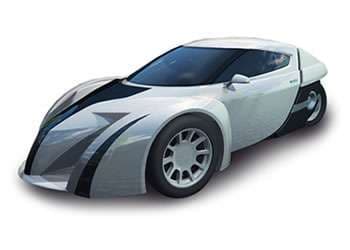
Green Luxuribiles
Eco exuberance is a defining quality of the next gen super car
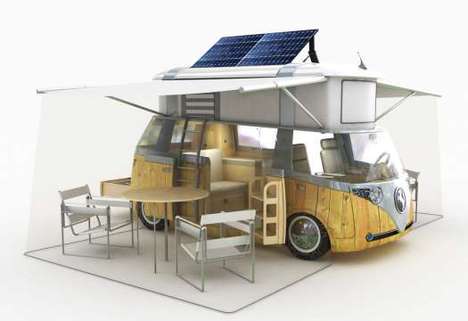
Solarmotive
Seeking alternative energy sources, like solar panels, to power vehicles
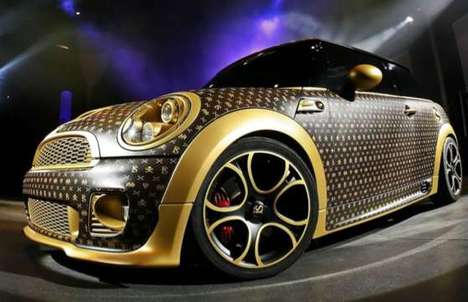
Hauto Couture
Lavishly adorned cars become more of a fashion accessory than mode of transportation
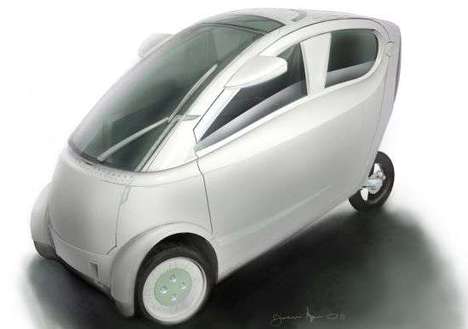
Automotive Minisizing
Smaller cars for eco, budget and simplified lifestyles
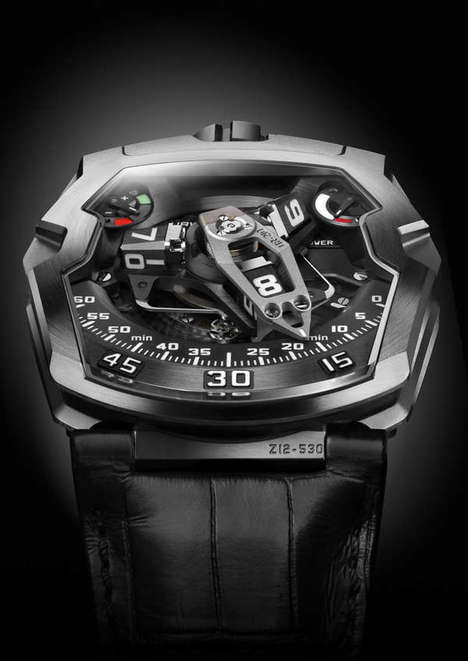
Hautomobile Influence
Consumer electronics take on a sedan-inspired form and function
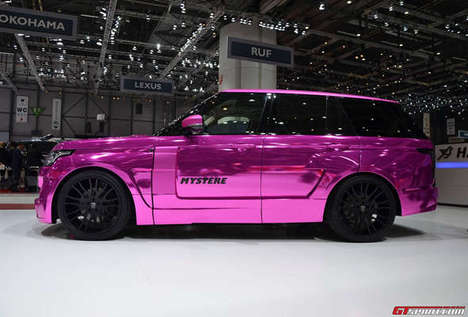
Feminizing Auto
The transportation industry is actively extending its target audience
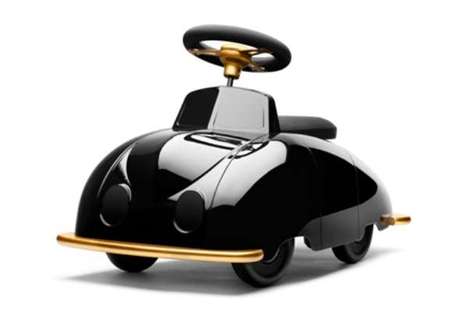
Kidmobiles
The automotive industry expands its reach by catering to children
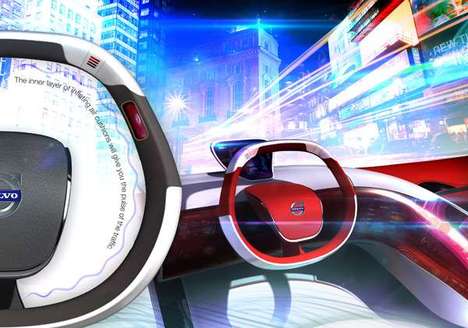
AUTOmatic
Driverless technologies enhance the driving experience